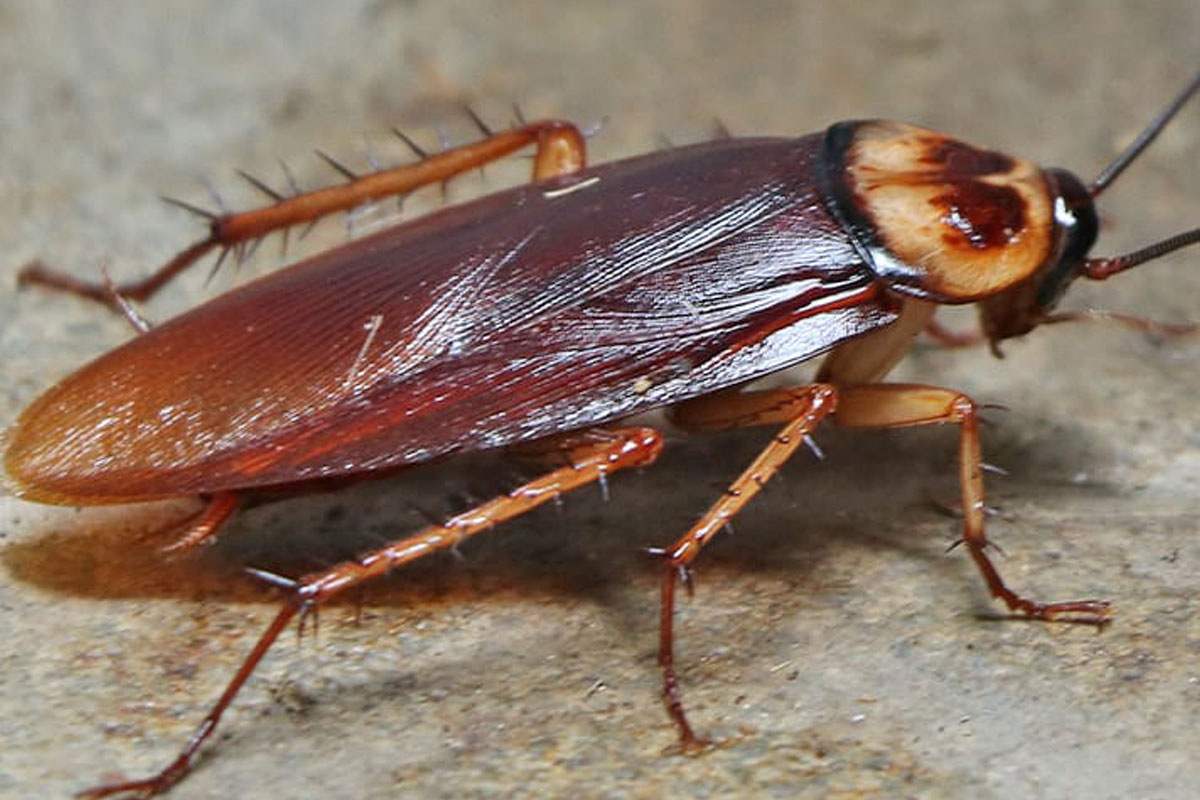
Pest and Diseases Associates – Cockroach
By Ravi Kumar
A pest is any living organism which has a harmful effect on humans, their food or their living conditions. There are thousands of different kinds of pests which are harmful to humans. The great majority of these are types of insect are
Cockroaches (OrderBlattodea)
Cockroaches are known as Omnivorous, found throughout year in any home and offices, they are responsible for spread many diseases are:
- Allergy: Cockroach allergies occur when an individual’s immune system overreacts to proteins in the feces, saliva, and/or body of a cockroach. Patients may develop a reaction after inhaling the cockroach allergens in the insect’s feces or saliva or after the insect touches the skin. Common symptoms include itchy skin or nose and scratchy throat. Individuals with allergic asthma are the most likely to develop allergies to cockroaches. When these patients are exposed to cockroach allergens, they may have an asthma attack. The most severe allergic reaction, called anaphylaxis, may cause shortness of breath, low blood pressure, and shock, all of which are potentially life threatening
- Cholera: Cholera is an infection in the small intestine caused by the bacterium Vibrio cholera.
The main symptoms are profuse, watery diarrhea and vomiting. Transmission occurs primarily by drinking water or eating food that has been contaminated by the feces of cockroaches. The severity of the diarrhea and vomiting can lead to rapid dehydration and electrolyte imbalance, and death in some cases. - Typhoid: Typhoid fever, also known as typhoid, is a common worldwide bacterial disease, transmitted by the ingestion of food or water contaminated with the face.
- Viral Hepatitis A Viral hepatitis is liver inflammation due to a viral infection. Hepatitis A or infectious jaundice is caused by hepatitis A virus (HAV), a picornavirus transmitted by the fecal-oral route often associated with ingestion of contaminated food.
- Dysentery: Dysentery (formerly known as flux or the bloody flux) is an inflammatory disorder of the intestine, especially of the colon, that results in severe diarrhea containing mucus and/or blood in the feces with fever, abdominal pain, and rectal tenesmus (a feeling of incomplete defecation).
If left untreated, dysentery can be fatal. Dysentery results from viral infections, bacterial infections, or parasitic infestations. These pathogens typically reach the large intestine after entering orally, through ingestion of contaminated food or water.



























































































